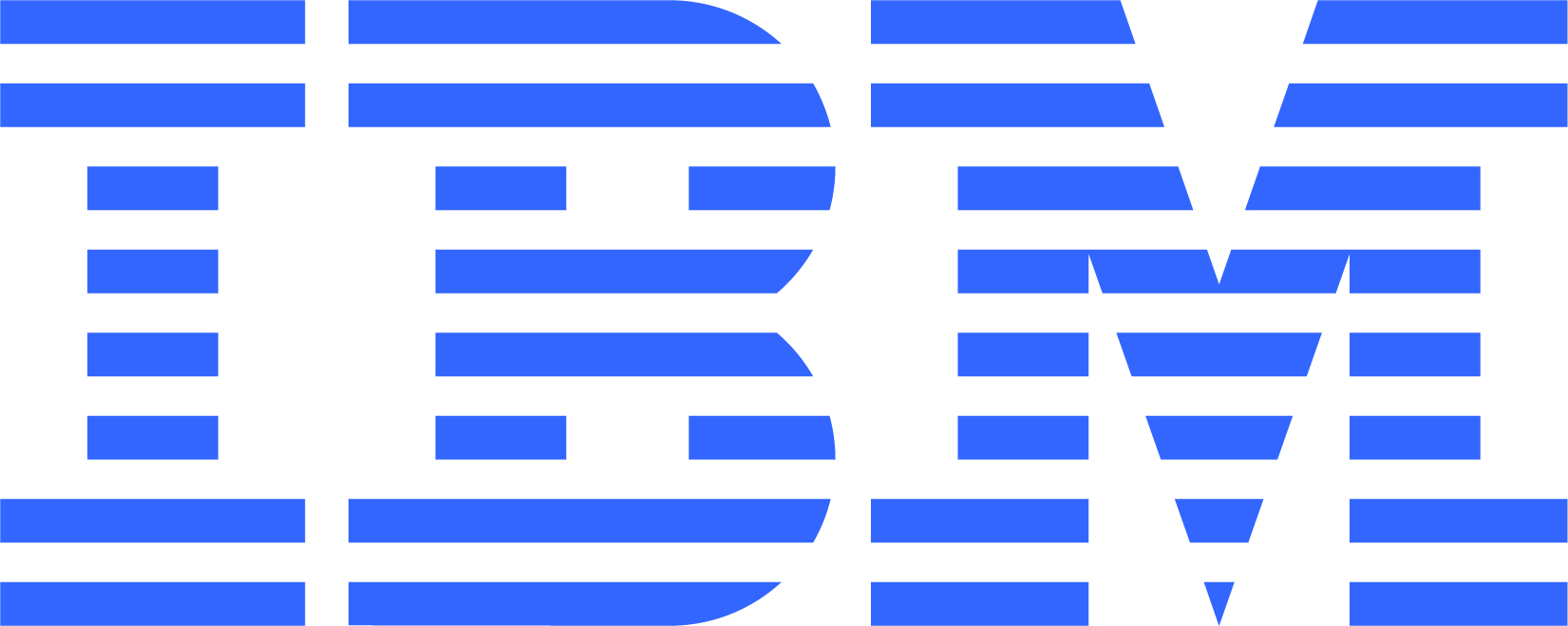
Overview
Grafana Enterprise is a commercial edition of Grafana that includes premium features not found in the open source version. Grafana Enterprise enables organizations to complete their observability picture, reaching across logs, metrics, traces, and other applications with access to enterprise data sources like AppDynamics and Splunk, enhanced LDAP, SAML, access control, reporting, usage insights, and much more.
Please note: this listing is for customers who would like to self-manage Grafana Enterprise on AWS. It does not apply to Amazon Managed Grafana or Grafana Cloud.
For more information on Grafana Enterprise, see https://grafana.com/products/enterprise/grafana/ .
To learn more or to discuss volume pricing, please reach out to us at amazongrafana@grafana.com .
Highlights
- Visualize and alert on observability and operational data from enterprise data sources including AppDynamics, Splunk, New Relic, Datadog, SignalFx, Oracle, ServiceNow, Jira, Gitlab, Dynatrace, Snowflake, MongoDB, Wavefront, and more
- Increase adoption and keep Grafana secure with enhanced LDAP, SAML, access control, reporting, security, usage insights, and more
- Access Prometheus, Graphite, and Grafana experts as well as hands-on Grafana Labs support teams
Details
Introducing multi-product solutions
You can now purchase comprehensive solutions tailored to use cases and industries.

Features and programs
Buyer guide

Financing for AWS Marketplace purchases

Pricing
Dimension | Description | Cost/12 months |
|---|---|---|
Base/Support + 60 Users | Includes a license, support, and up to 60 active users | $40,000.00 |
Additional Active Users | Incremental cost per additional active user | $300.00 |
Vendor refund policy
All fees are non-cancellable and non-refundable except as required by law.
How can we make this page better?

Legal
Vendor terms and conditions
Content disclaimer
Delivery details
Helm Chart
- Amazon EKS
- Amazon ECS
- Amazon ECS Anywhere
- Amazon EKS Anywhere
Container image
Containers are lightweight, portable execution environments that wrap server application software in a filesystem that includes everything it needs to run. Container applications run on supported container runtimes and orchestration services, such as Amazon Elastic Container Service (Amazon ECS) or Amazon Elastic Kubernetes Service (Amazon EKS). Both eliminate the need for you to install and operate your own container orchestration software by managing and scheduling containers on a scalable cluster of virtual machines.
Version release notes
Release notes are available on the website https://grafana.com/docs/grafana/latest/release-notes/release-notes-11-6-0/
Additional details
Usage instructions
You can apply your Grafana Enterprise license to a new or existing Grafana Enterprise deployment by updating a configuration setting or environment variable. Your Grafana instance must be deployed on AWS, or have network access to AWS. For more information, see https://grafana.com/docs/grafana/latest/enterprise/license/
Resources
Vendor resources
Support
Vendor support
Grafana Enterprise support includes a critical response SLA, unlimited support over private Slack channel, email and phone, and training, workshops, and professional services from experts at Grafana Labs.
Contact amazongrafana@grafana.com to inquire about Grafana Enterprise.
AWS infrastructure support
AWS Support is a one-on-one, fast-response support channel that is staffed 24x7x365 with experienced and technical support engineers. The service helps customers of all sizes and technical abilities to successfully utilize the products and features provided by Amazon Web Services.


